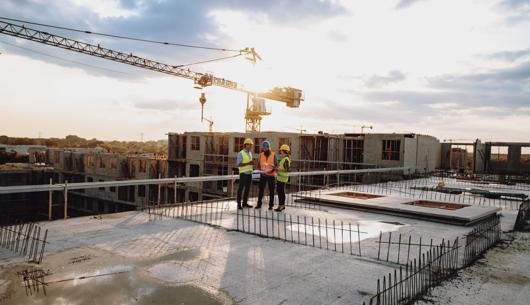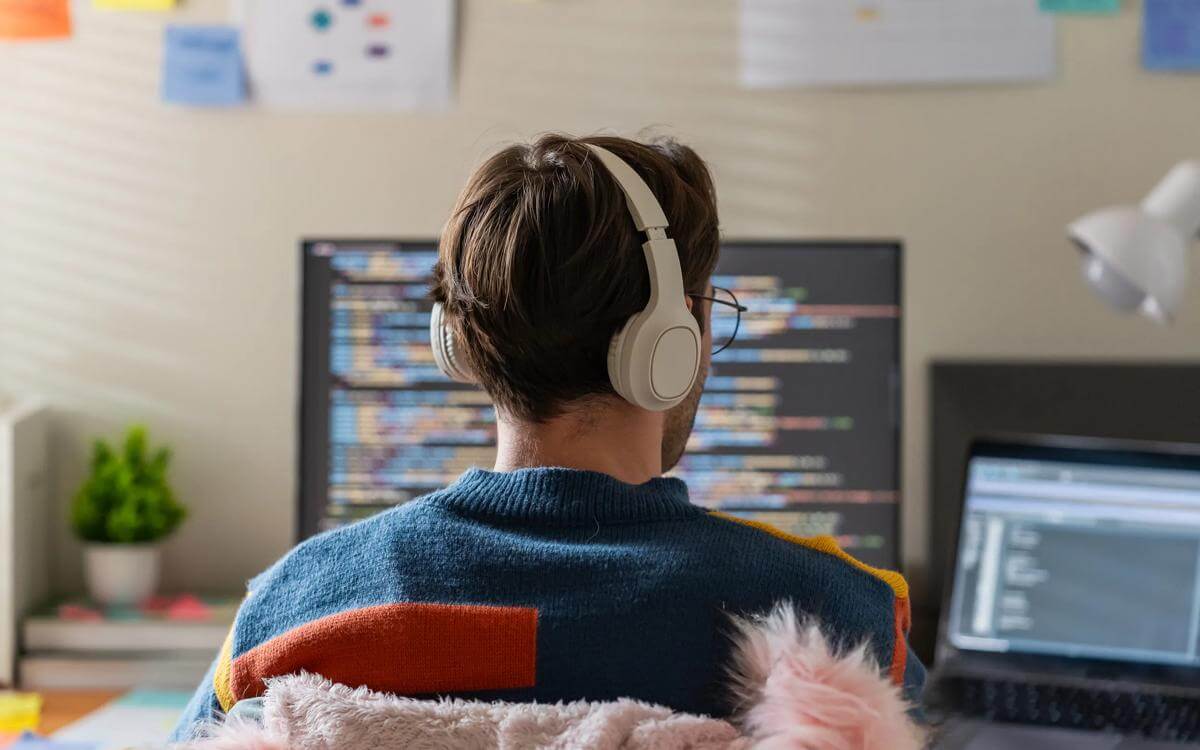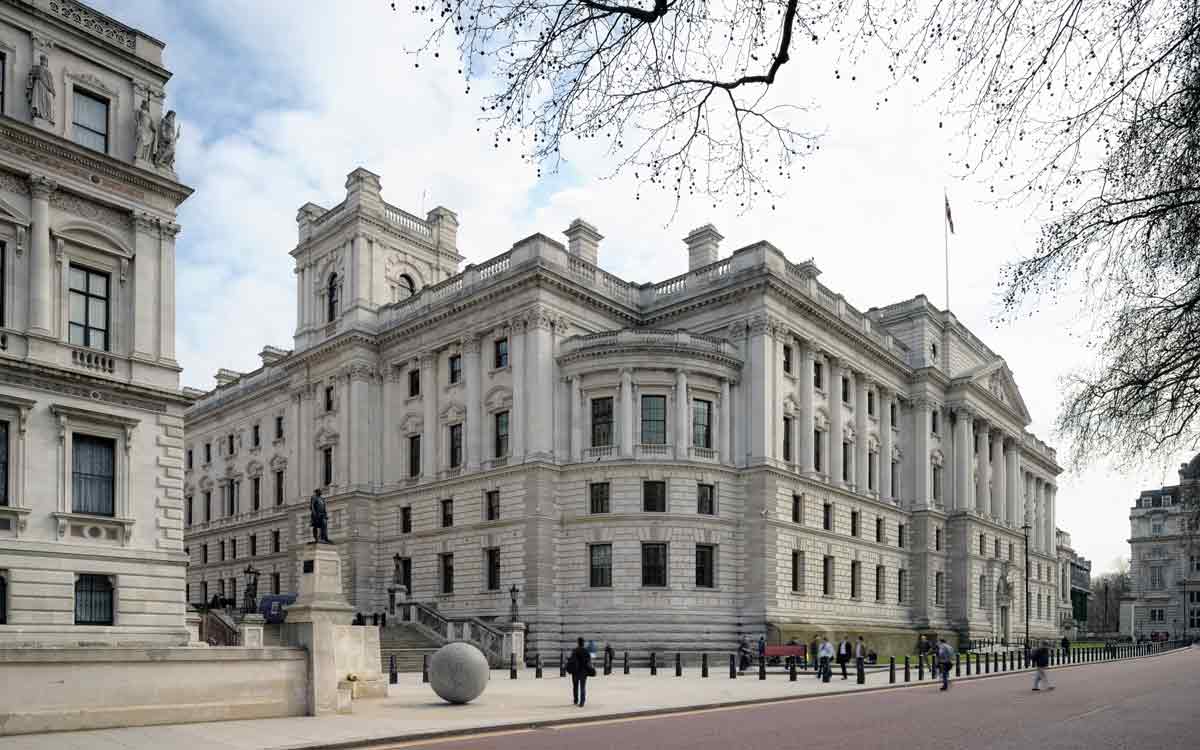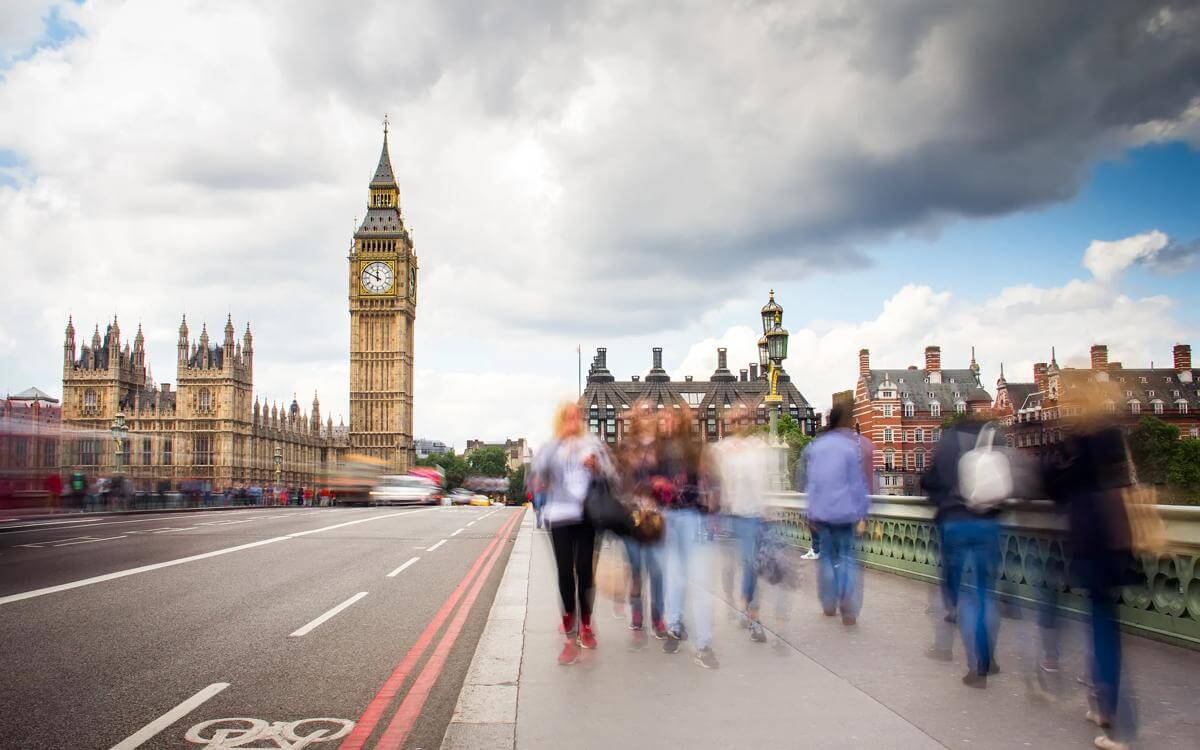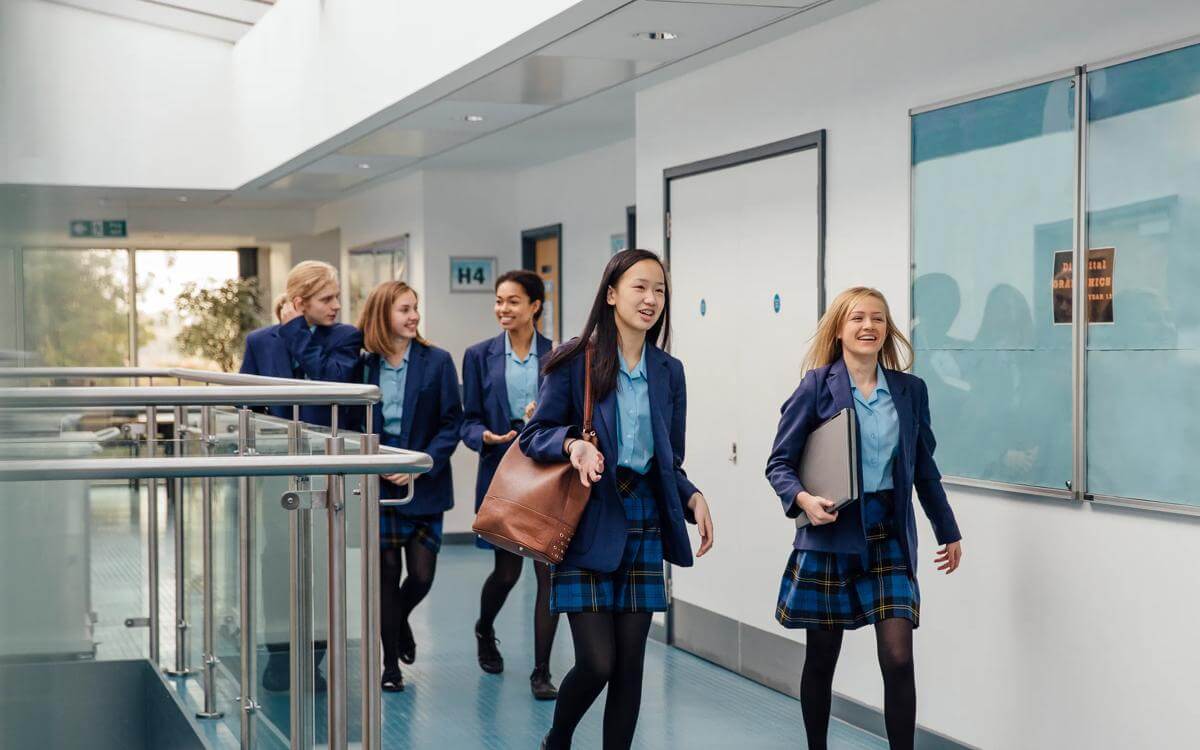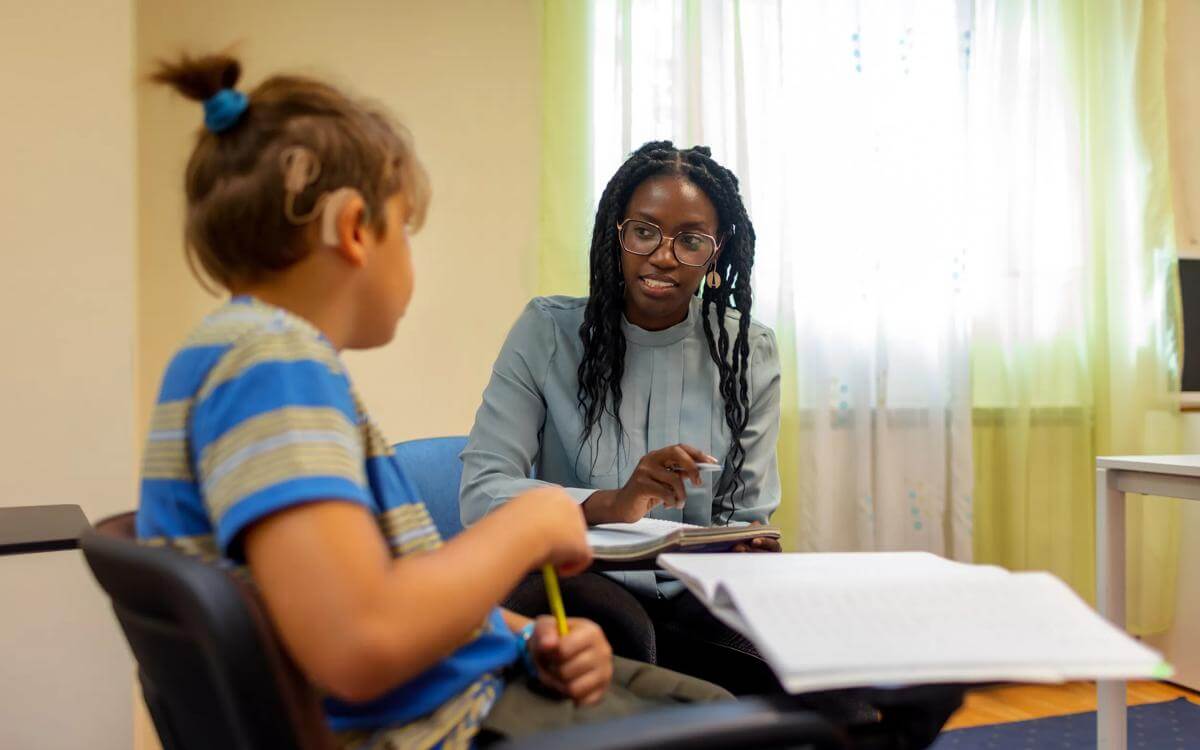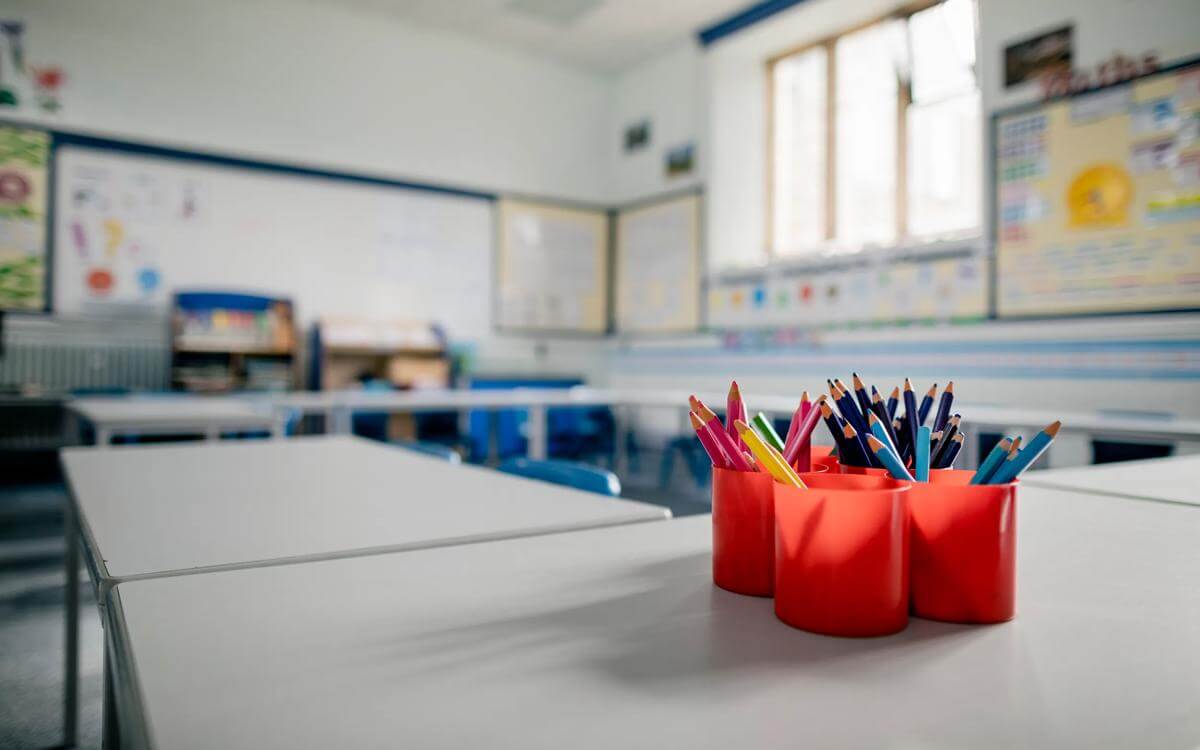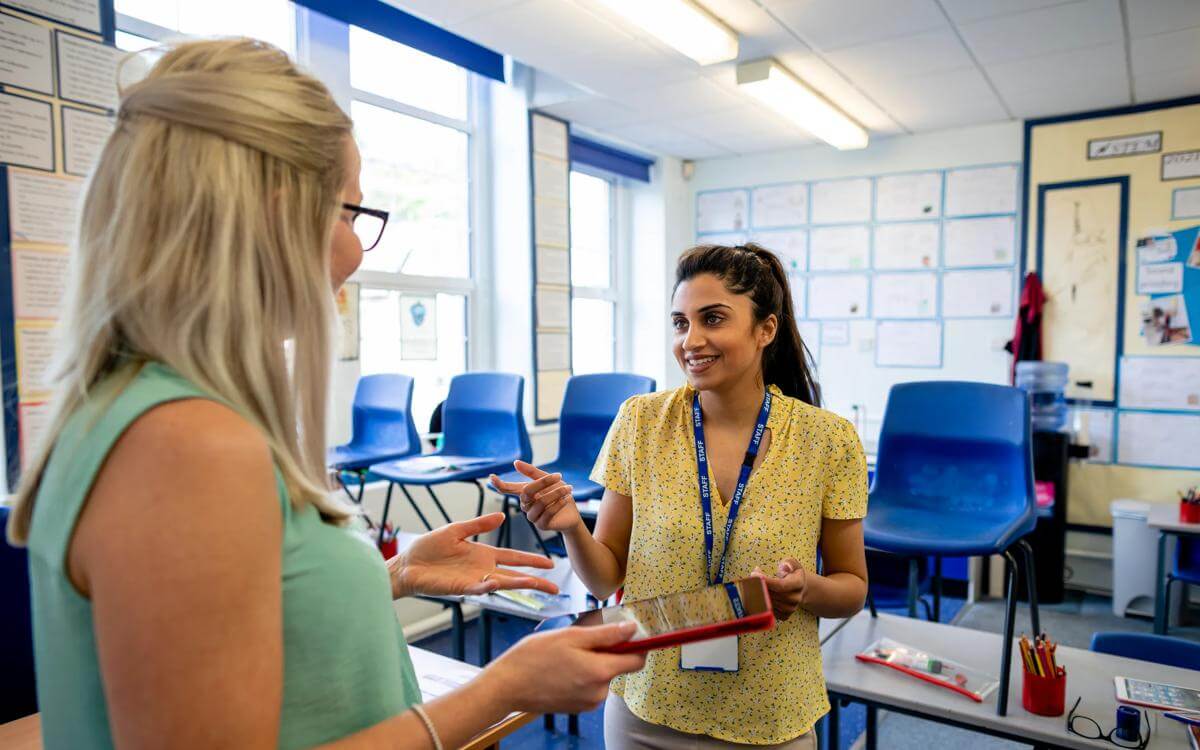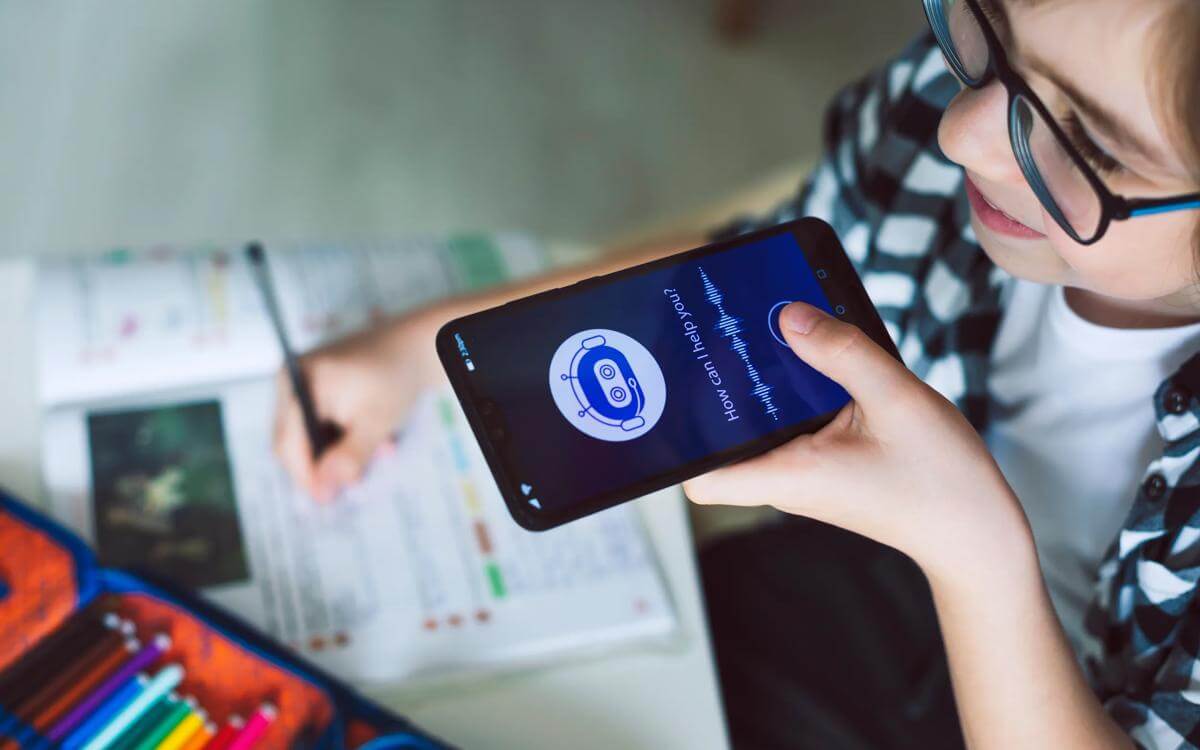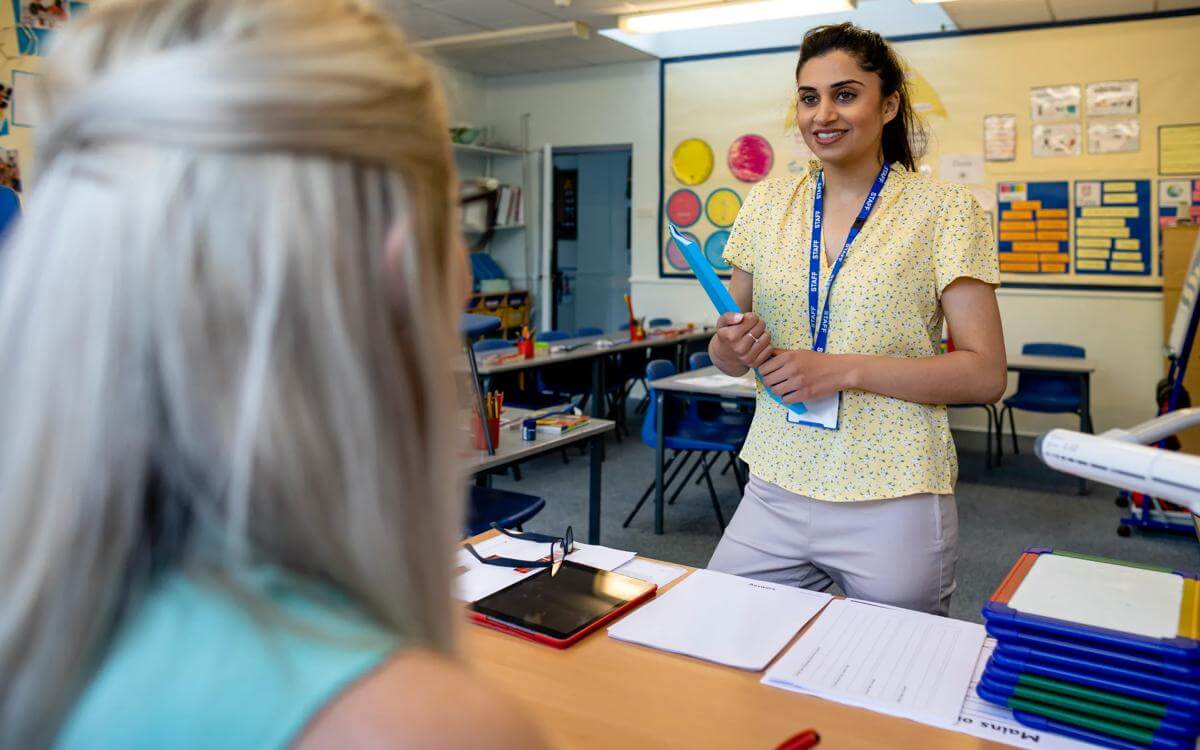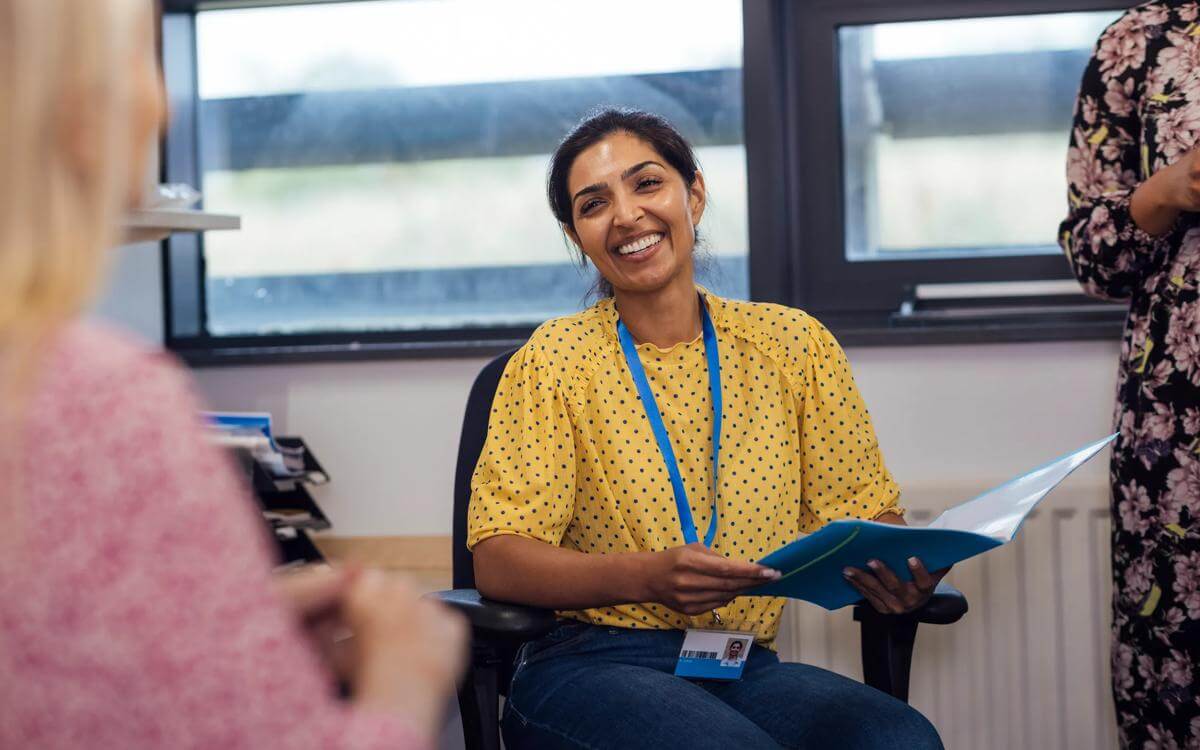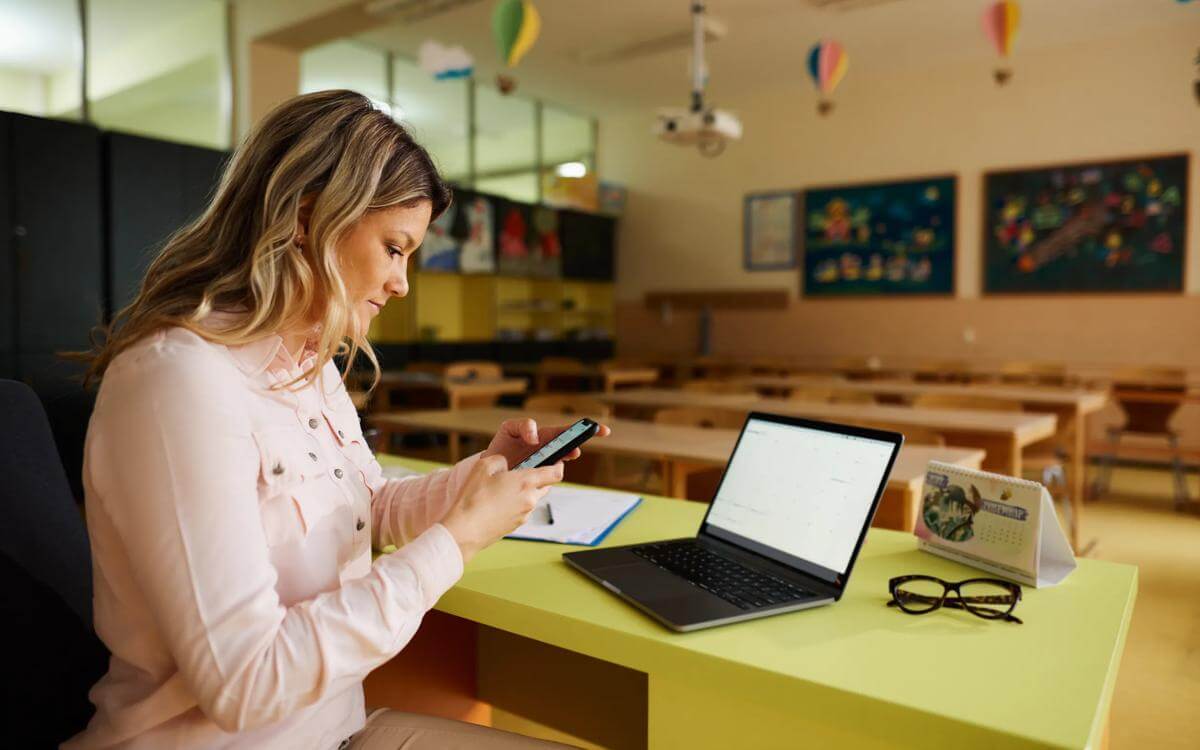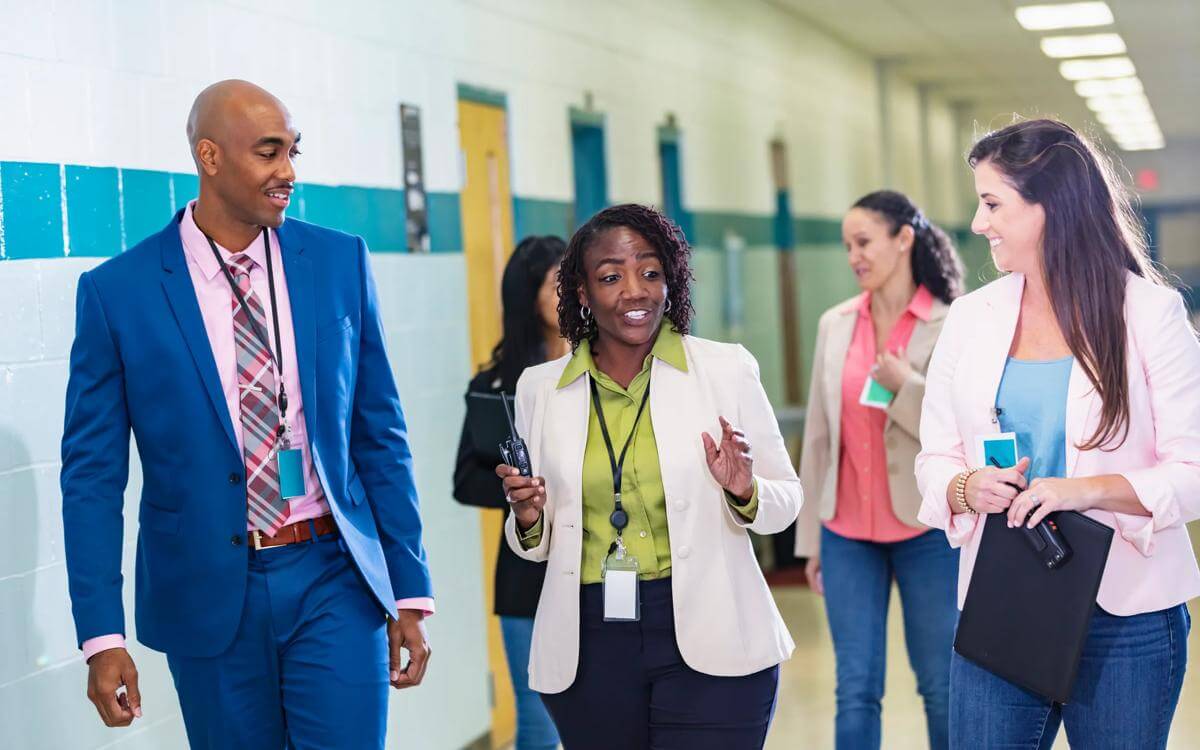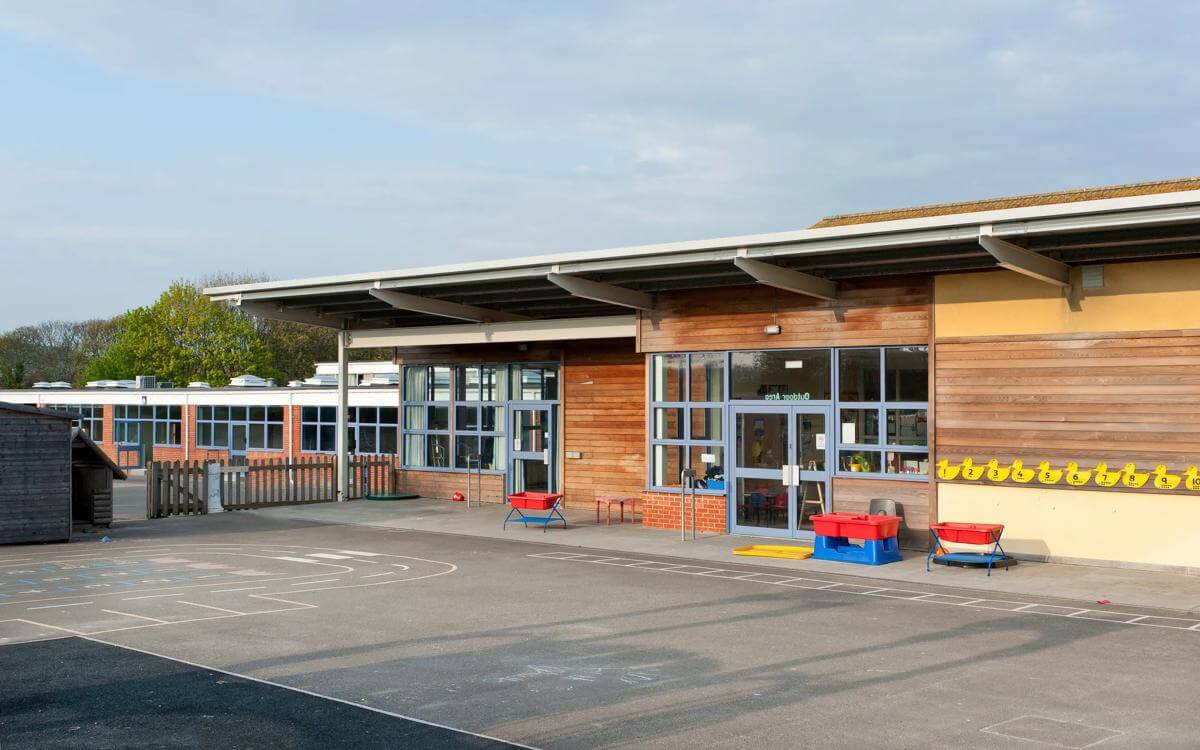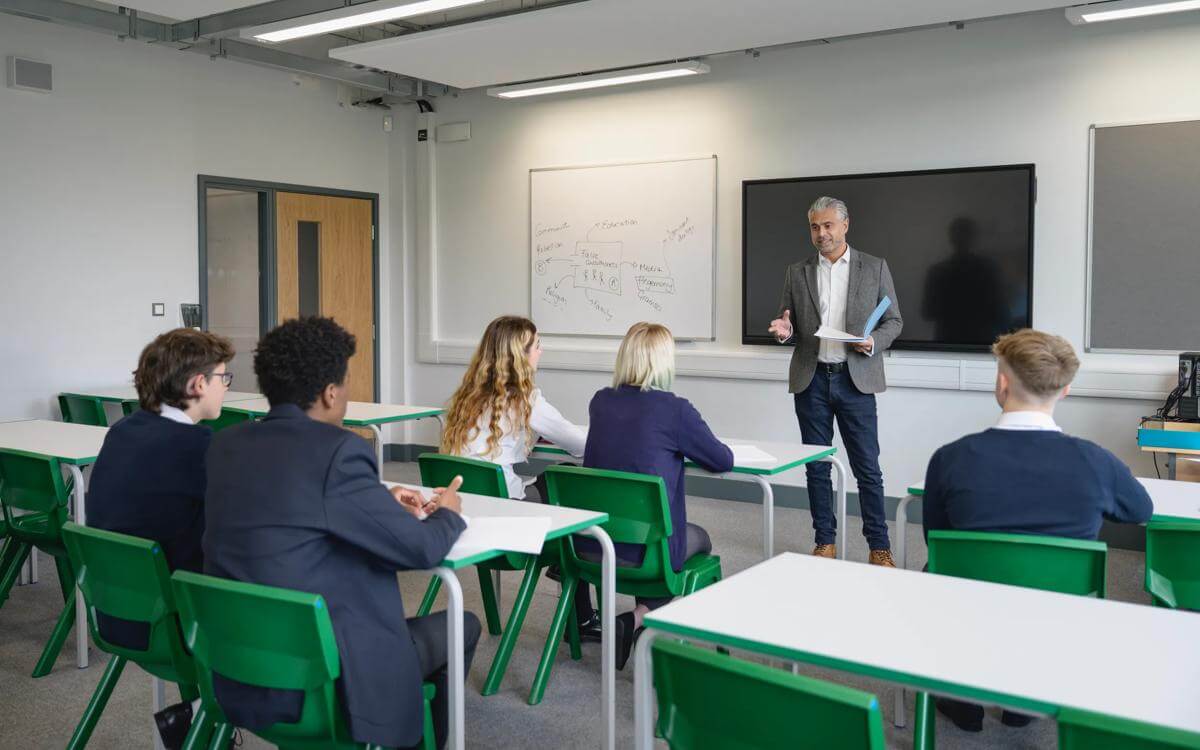Keeping children safe 2020
The new guidance on Keeping Children Safe in Education, has just been published. Our education team summarises the guidance and suggests your next steps to effectively implement the changes in your school or Trust.
The new guidance which is in force from 1 September 2020, has just been published. We have reviewed all the changes for you, summarises them below and suggests your next steps to effectively implement the changes in your school or Trust.
Before we start, remember that this is likely to be holding guidance; the consultation launched earlier in the year was pulled following the pandemic, but it is likely we will see it (or a version of it) relaunched later this year. Keep an eye out for it.
For now, we have the new guidance, and these are the headlines:
- There are some tweaks and changes to Part One and Annex A, so staff will need updating on the changes. The two to note are a new paragraph (28) to provide more detail on CCE and CSE and five new paragraphs (34-38) added under a new heading of Mental Health.
- Part 2 also has a focus on mental health, noting the important role schools and colleges play in supporting the mental health of its pupils and confirming the funding for senior mental health leads in all state schools and colleges by 2025.
- Part 4 changes are interesting. Firstly, paragraphs 214-217 set out further guidance on managing allegations against supply staff, which is likely to be a response to some high-profile supply teacher convictions. I know most of you will have been doing this correctly anyway, but the guidance now makes it clear what you need to do. The second change comes in at the very start of Part Four – the addition of a fourth bullet in paragraph 211 for when that part of the guidance should be followed. The new bullet reads:
“behaved or may have behaved in a way that indicates they may not be suitable to work with children”.
You should note that it is quite broad and requires us to consider wider issues and not just allegations relating directly to behaviour towards children. - There are a number of language changes in Annex A, together with some new emphasis on exploitation, County Lines and domestic abuse. Note the change from “peer on peer abuse” to “peer on peer/child on child abuse” in recognition that abuse may not be between peers.
- Annex B – the DSL duties – has been expanded a little. On DSL training the annex now states that as well as understanding their own role, DSL should understand the processes, procedures and responsibilities of other agencies, particularly children’s social care. The expectation that DSLs update their training every two years and keep their knowledge refreshed regularly remains.
As for next steps, it’s the usual ones: read the guidance, update your policies, disseminate them to staff and then ensure you are able to evidence their understanding. We can help you with much of this, including providing you with updated policies.
Contact

Dai Durbridge
Partner
dai.durbridge@brownejacobson.com
+44 (0)330 045 2105


